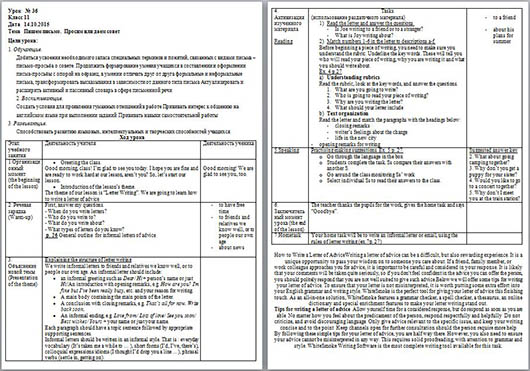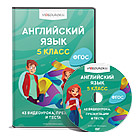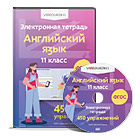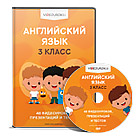Цели урока:
1. Обучающие.
Добиться усвоения необходимого запаса специальных терминов и понятий, связанных с видами письма – письмо-просьба о совете. Продолжить формирование умения учащихся в составлении и оформлении письма-просьбы с опорой на образец, в умении отличать друг от друга формальные и неформальные письма, трансформировать высказывания в зависимости от данного типа письма Актуализировать и расширить активный и пассивный словарь в сфере письменной речи.
2. Воспитывающие.
Создать условия для проявления гуманных отношений в работе Прививать интерес к общению на английском языке при выполнении заданий Прививать навыки самостоятельной работы.
3. Развивающие.
Способствовать развитию языковых, интеллектуальных и творческих способностей учащихся.
Ход урока.
1. Организационный момент (the beginning of the lesson).
Greeting the class.
Good morning, class! I’m glad to see you today. I hope you are fine and are ready to work hard at our lesson, aren’t you? So, let’s start our lesson.
Introduction of the lesson’s theme.
The theme of our lesson is “Letter Writing”. We are going to learn how to write а letter of advice.
2. Речевая зарядка (Warm-up).
First, answer my questions.
- When do you write letters?
- Who do you write to?

- What do you write about?
- What types of letters do you know?
p. 26 General outline for informal letters of advice
3. Объяснение новой темы (Presentation of the theme).
Explaining the structure of letter writing
We write informal letters to friends and relatives we know well, or to people our own age. An informal letter should include:
an informal greeting such as Dear/ Hi + person’s name or just Hi!An introduction with opening remarks, e.g. How are you? I’m fine but I’ve been really busy, etc. and your reason for writing.
A main body containing the main points of the letter.
A conclusion with closing remarks, e.g. That’s all for now. Write back soon.
An informal ending, e.g. Love from/ Lots of love/ See you soon/ Best wishes/ Yours + your name or just your name.
Each paragraph should have a topic sentence followed by appropriate supporting sentences.
Informal letters should be written in an informal style. That is: everyday vocabulary (It’s taken me a while to …), short forms (I’d, I’ve, there’s), colloquial expressions/idioms (I thought I’d drop you a line …), phrasal verbs (settle in, getting on).
4. Активизация изученного материала. Reading.
Tasks
(использование раздаточного материала)
Read the letter and answer the questions.
Is Joe writing to a friend or to a stranger?
What is Joy writing about?
Match numbers 1-6 in the letter to descriptions a-f.
Before beginning a piece of writing, you need to make sure you understand the rubric. Underline the key words. These will tell you who will read your piece of writing, why you are writing it and what you should write about.
Ex. 4 p.27
Understanding rubrics.
Read the rubric, look at the key words, and answer the questions.
What are you going to write?
Who is going to read your piece of writing?
Why are you writing the letter?
What should your letter include.
Весь материал - в документе.

 Получите свидетельство
Получите свидетельство Вход
Вход












 Конспект урока по английскому языку "Пишем письмо. Просим или даем совет" (20.93 КB)
Конспект урока по английскому языку "Пишем письмо. Просим или даем совет" (20.93 КB)
 0
0 4216
4216 652
652 Нравится
0
Нравится
0



